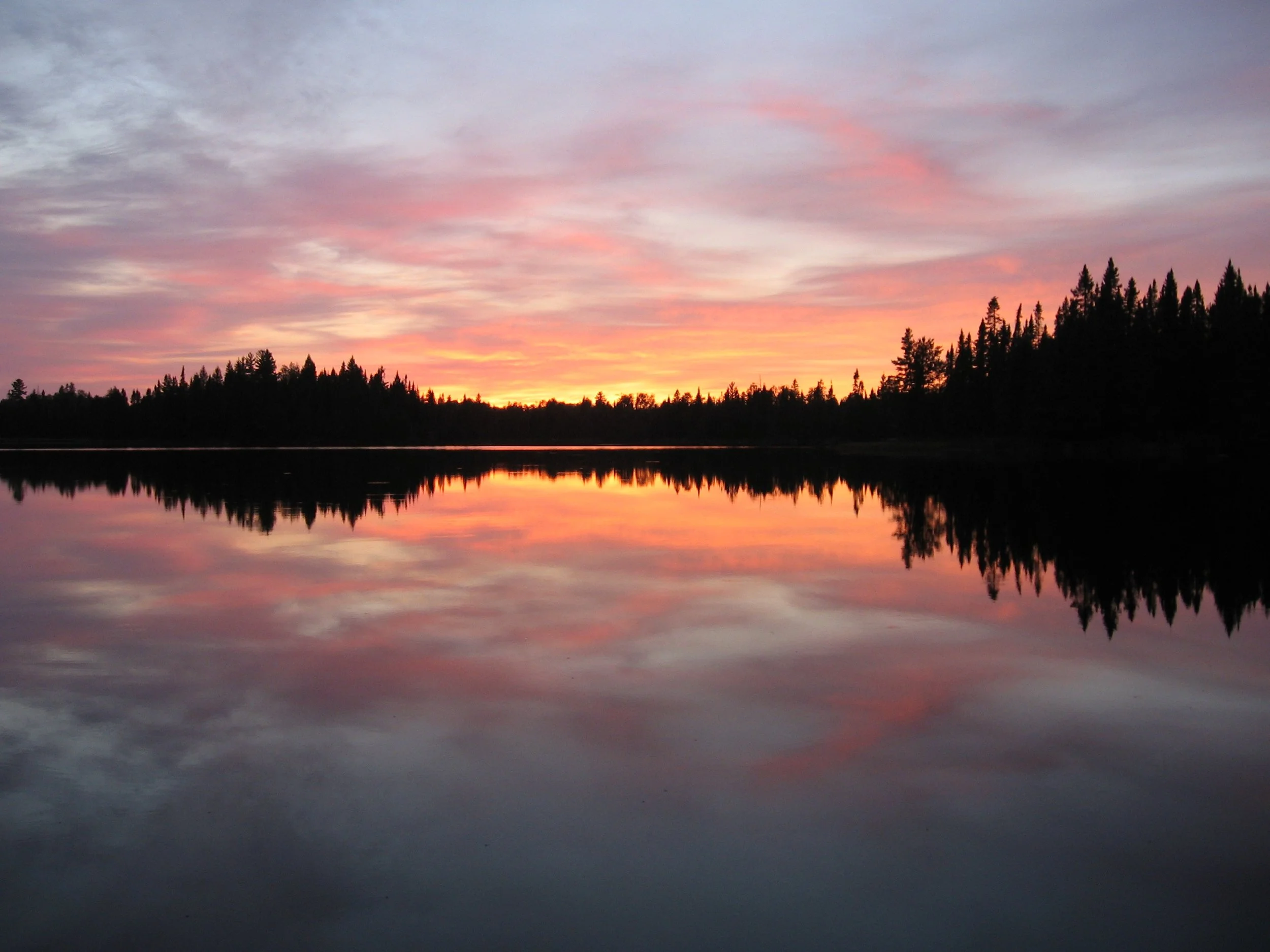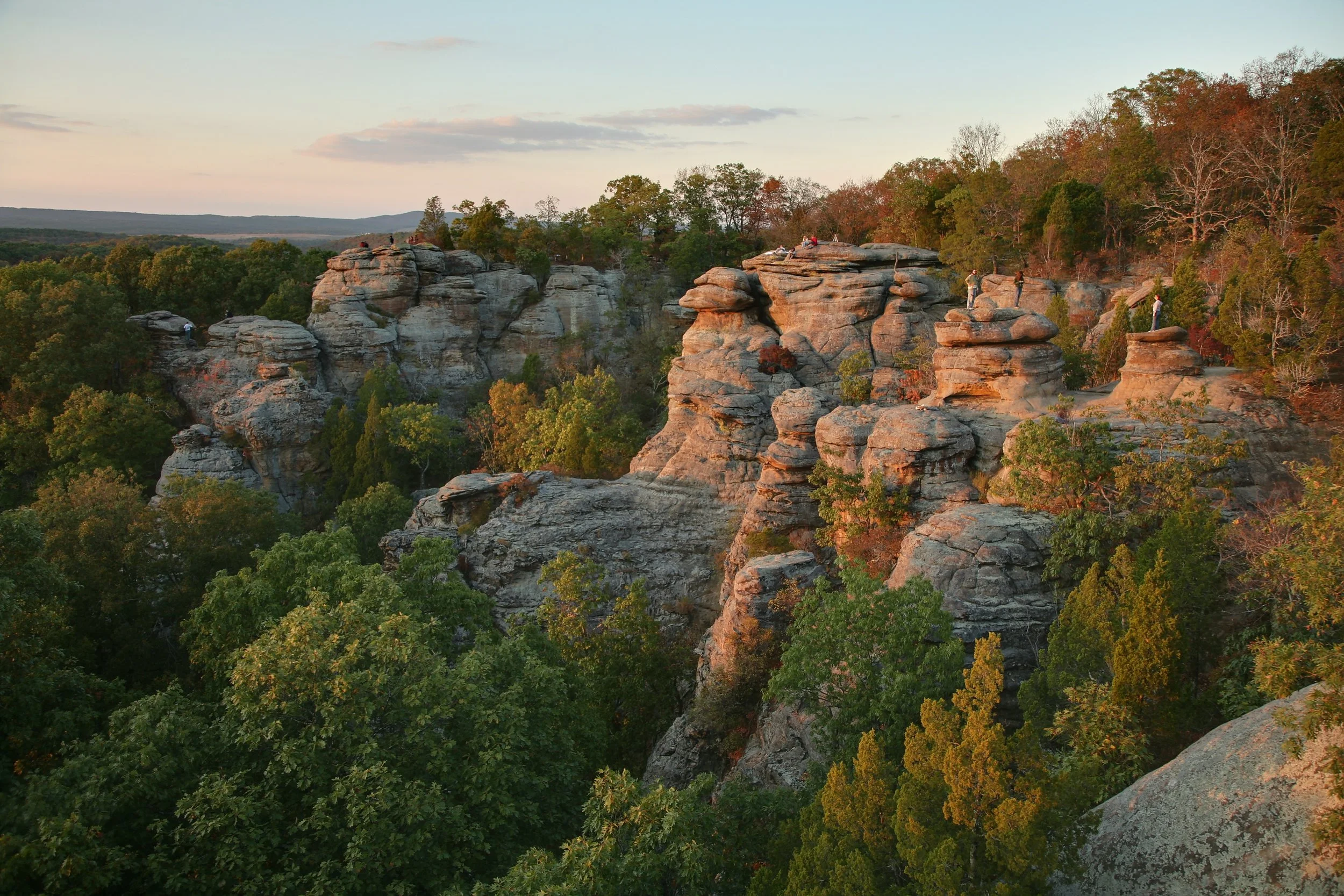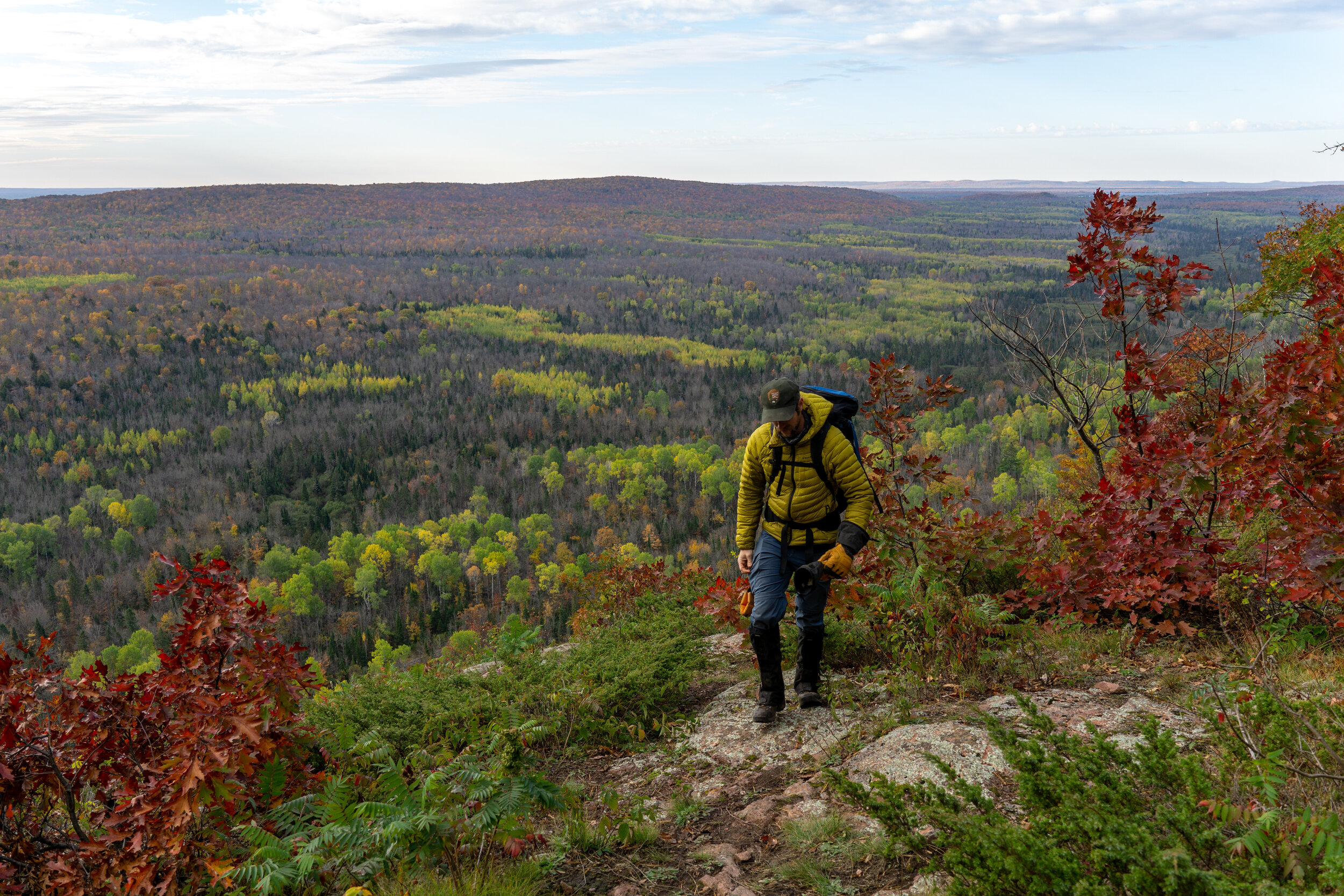Celebrating 60 Years of Wilderness in the Midwest
September is the 60th Anniversary of the National Wilderness Act. Here are a few of our local favorites and new opportunities!
Boundary Waters Canoe Area Wilderness, Superior National Forest, Minnesota
Across the United States, Wilderness designation provides the strongest federal protections to some of our country’s most precious natural places. September marks the 60th anniversary of the Wilderness Act. In celebration, we’re highlighting a few of our local favorites, plus a few important opportunities for new Wilderness areas.
When Congress passed the Wilderness Act back in 1964, it designated 54 areas across the nation. Only one was in the Midwest – the stunning Boundary Waters Canoe Area in Minnesota’s Superior National Forest. Additional legislation in 1978 further protected this gem.
We know the heartland is full of rich natural resources and stunning places, so the list has fortunately grown since then. Today, there are 806 Wilderness areas in America, with 52 in the Midwest and Great Plains states. This includes Indiana’s only Wilderness area, the Charles C. Deam Wilderness in Hoosier National Forest, famous for its hiking trails.
Wilderness areas can encompass every kind of ecosystem, from forests and wetlands to prairies and sand dunes, and more. In South Dakota, wilderness areas can be found in the geological wonders of the Badlands and the deep forests of the Black Hills. Ohio’s West Sister Island protects the largest nesting colony of wading birds in the U.S. Great Lakes. Seven of Illinois’ eight Wilderness areas are within the Shawnee National Forest, including the breathtaking Garden of the Gods.
Garden of the Gods Wilderness Area, Shawnee National Forest, Illinois
Wilderness drives local economies, bringing tourist dollars to nearby communities. Eight of the nine highest-attendance years for Michigan’s Sleeping Bear Dunes National Lakeshore came after the creation of Sleeping Bear Dunes Wilderness in 2014.
Wild Opportunities Ahead
There are still opportunities for Wilderness in the Midwest. Senator Stabenow, Chair of the Senate Agriculture Committee, issued a detailed legislative for the 2024 Farm Bill back in March. That outline included adding a new Wilderness area in the Shawnee and designating new Special Management Areas increasing the size of Indiana’s Deam Wilderness.
But we also know that there are even more places in the Great Lakes region that merit designation as Wilderness. That’s why ELPC is one of 400 groups in the Keep the U.P. Wild coalition working to obtain Wilderness designation for four remarkable areas of Michigan’s Ottawa National Forest in the Western Upper Peninsula, which are almost entirely roadless, defined by dense boreal and northern hardwood forests, rare plants, rolling hills, lichen-encrusted cliffs, open plains, cedar swamps, wide rivers, and stunning waterfalls.
Trap Hills (proposed Wilderness area), Ottawa National Forest, Michigan’s Upper Peninsula
The Keep the U.P. Wild initiative would protect areas that are home to bald eagles, peregrine falcons, gray wolves, moose, wood turtles, and other wildlife; preserve mature and old growth forests; promote hiking, hunting, fishing, camping, kayaking, canoeing, and cross-country skiing; and boost tourism and local jobs in the booming outdoor recreation industry. Let’s meet the areas!
The Sturgeon River Gorge Wilderness was designated by the Michigan Wilderness Act of 1987, but roughly 2,000 acres of wild Ottawa National Forest land on the Wilderness’ southwestern border lacks the same protection.
Designating 8,000 acres of Norwich Plains could facilitate the expansion of old-growth forest found in the nearby Porcupine Mountains Wilderness State Park.
Purchased from the Edward Hines Lumber Company between the 1930s and 1960s, the U.S. Forest Service recommended the Ehlco Area immediately south of the Porcupine Mountains Wilderness State Park for Wilderness evaluation in 2003.
The Trap Hills are comprised of large tracts of undisturbed forest, streams, waterfalls, “and a sense of remoteness that is unique in the Great Lakes area.” The highest sheer cliff in Michigan is found here, boasting visibility of up to 40 miles and views of some of the state’s most spectacular scenery.
Together, the Ehlco, Norwich Plains, and Trap Hills areas would create a nearly contiguous National Wilderness area of more than 50,000 acres, protecting the Upper Peninsula’s beauty, economy, and rugged outdoor culture.
Areas proposed for Wilderness designation in Michigan's Western Upper Peninsula
Intrigued? Check out our latest blogs on the Keep the U.P. Wild campaign and some suggested hikes into the wild!
Do you live in Michigan?
Join the more than 400 Michigan environmental, business, recreation, political, faith, and veterans’ groups working to protect these areas! Reach out to me and let’s talk.





